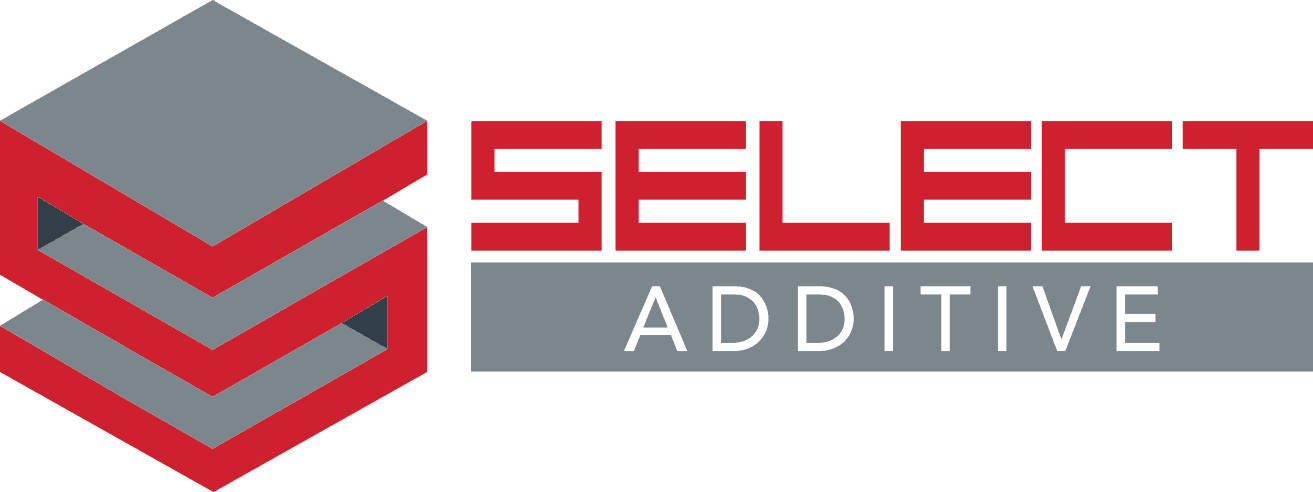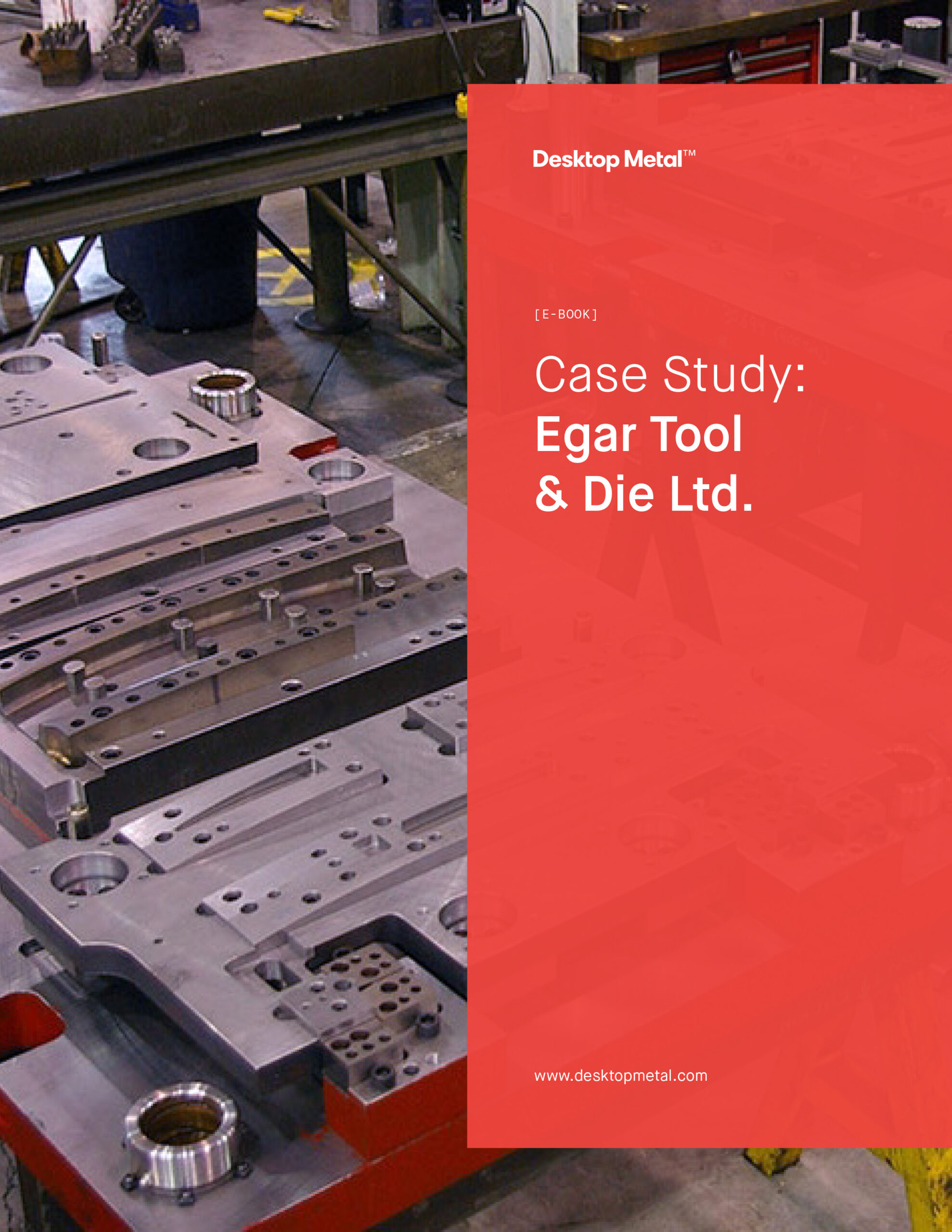Studio System™ 2
Office-friendly metal 3D printing in just 2 steps — Print. Sinter.
Making complex, high-performance metal parts has never been easier. Featuring a breakthrough two-step process, next-generation Separable Supports, and a software-controlled workflow, the Studio System 2 makes it simpler than ever to produce custom metal parts.
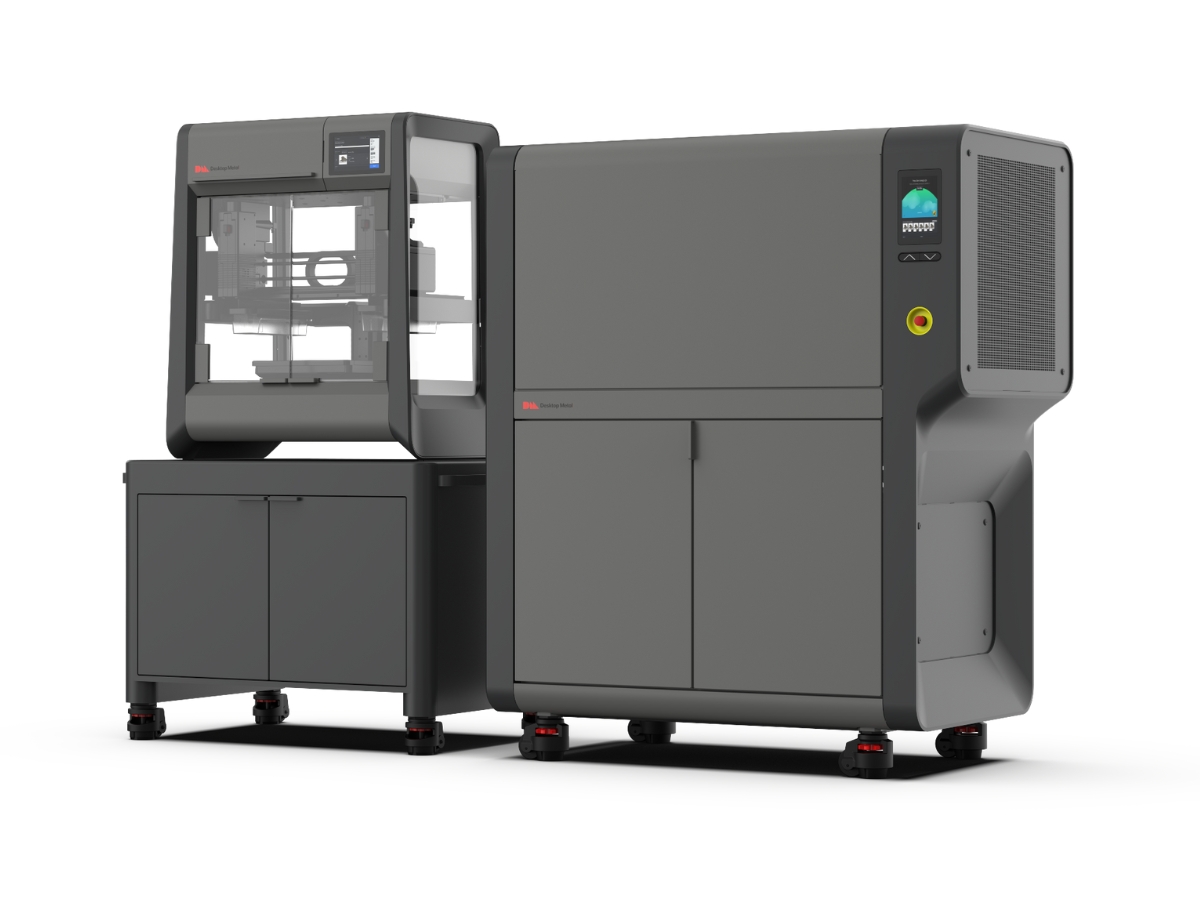
Printer
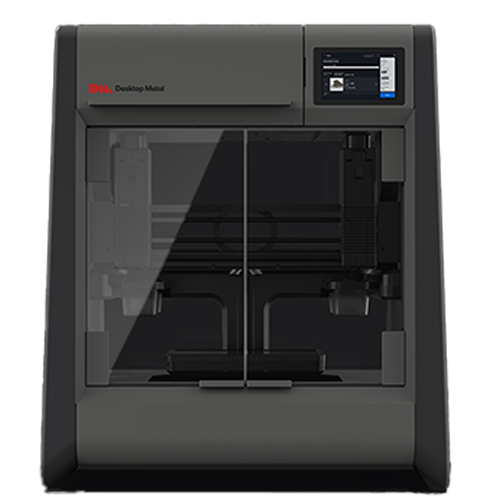
Unlike laser-based systems that selectively melt metal powder, the Studio System extrudes bound metal rods—similar to how an FDM printer works. This eliminates many of the safety requirements often associated with metal 3D printing while enabling new features like the use of fully closed-cell infill for lightweight strength.
Furnace
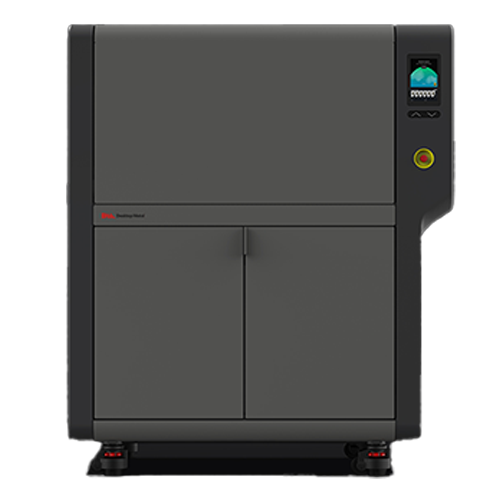
Designed to be the easiest to use sintering furnace made, the Studio System 2 furnace first heats parts to remove all binders from parts, then ramps up the temperature to near-melting to deliver industrial-strength sintering in an office-friendly package. Built-in temperature profiles tuned to every build and material ensure uniform heating and cooling without the residual stresses introduced in laser-based systems.
Tool & Die Shop 3D Prints End-of-Arm Tooling and Die Prototypes with Studio System
Using the Desktop Metal Studio System, Egar engineers are able to produce end-of-arm tooling and prototype dies with complex geometry - like internal cooling channels - that cannot be manufactured via casting, machining, milling or other traditional methods.
Today, the vast majority - as much as 80 percent - of Egar’s 3D printing capacity is dedicated to producing end of arm tooling for their high-volume production stamping presses. Using just one Studio System, staff can design, iterate, and integrate components into their production line in less than a week - keeping manufacturing downtime to a minimum.
The other 20 percent of Egar’s additive manufacturing is focused on prototyping and developing die components, particularly using materials like H13 tool steel and 4140 chromoly steel, which are often used in stamping dies.
As with end of arm tooling, 3D printing allows engineers to print and test multiple prototype end-of-arm tooling dies with subtly different geometries, and quickly refine designs to arrive at a final part.
Download the full case study
